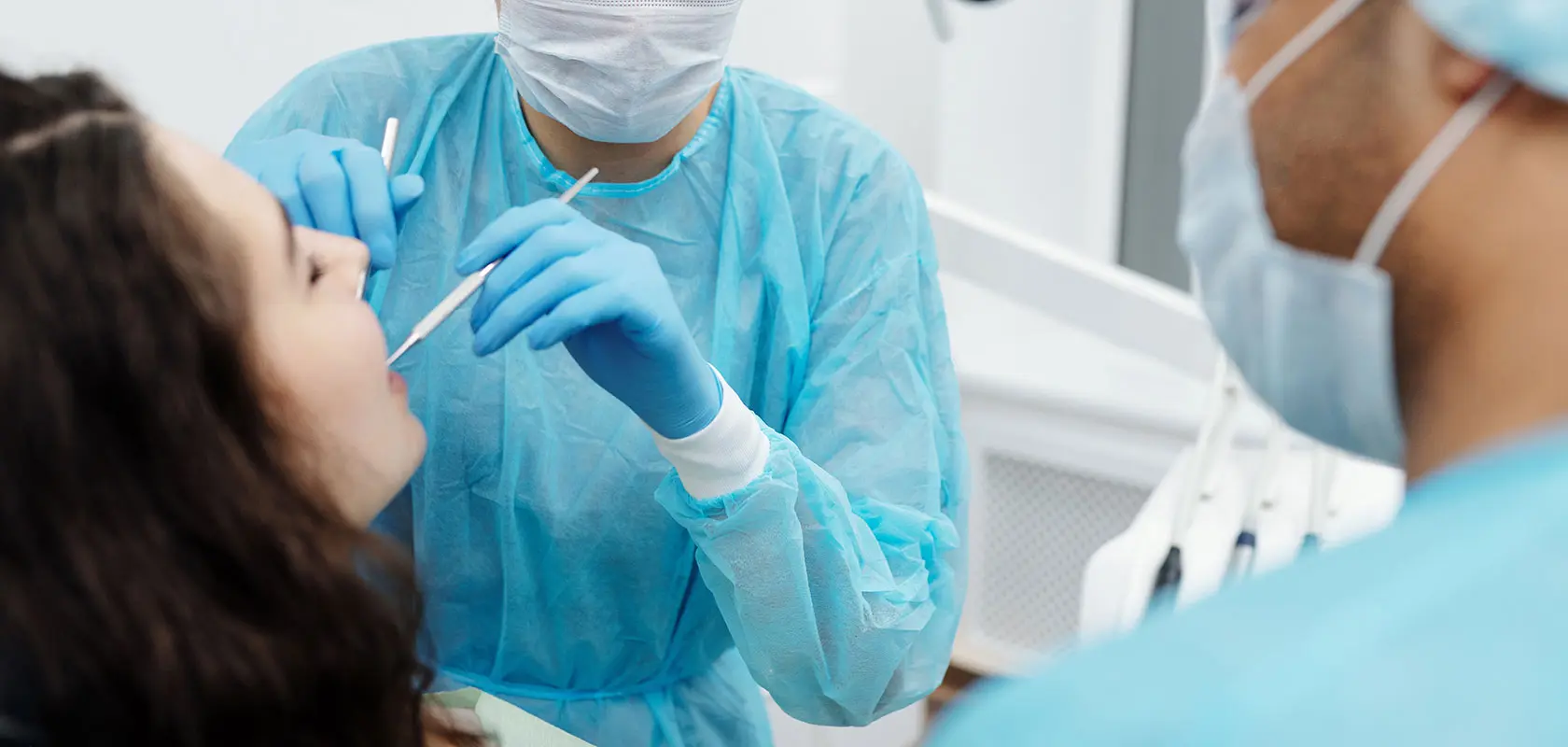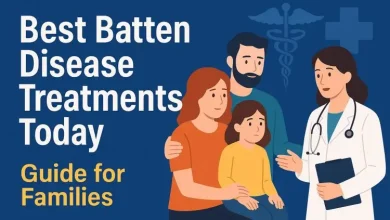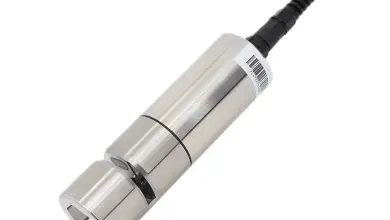Sleep Apnea Treatment: Effective Solutions for Better Sleep and Health

Table of Contents
Introduction
Sleep apnea is a serious sleep disorder in which breathing repeatedly stops and starts during sleep. Left untreated, it can lead to fatigue, heart disease, high blood pressure, and other health complications. Fortunately, various treatment options can help manage sleep apnea effectively, ranging from lifestyle changes to medical interventions.
Understanding the causes, symptoms, and treatment options is essential for improving sleep quality and overall health. This article explores sleep apnea treatment methods, helping you find the best solution for long-term relief.
Understanding Sleep Apnea
Types of Sleep Apnea
There are three main types of sleep apnea:
- Obstructive Sleep Apnea (OSA) – The most common type, caused by the relaxation of throat muscles, blocking airflow.
- Central Sleep Apnea (CSA) – Occurs when the brain fails to send the proper signals to control breathing.
- Complex Sleep Apnea Syndrome – A combination of OSA and CSA, requiring specialized treatment.
Common Symptoms of Sleep Apnea
- Loud snoring
- Gasping or choking during sleep
- Daytime sleepiness and fatigue
- Morning headaches
- Difficulty concentrating
- Irritability and mood swings
- High blood pressure
- Frequent nighttime urination
If left untreated, sleep apnea increases the risk of heart disease, stroke, diabetes, and depression. Seeking appropriate treatment is crucial for long-term health.
Sleep Apnea Treatment Options
The right treatment for sleep apnea depends on its severity and underlying causes. Many patients benefit from a combination of lifestyle changes, medical devices, and surgical procedures.
Lifestyle Changes for Sleep Apnea Relief
For mild cases, lifestyle modifications can help reduce symptoms and improve sleep quality.
1. Maintain a Healthy Weight
Excess weight, particularly around the neck, can narrow the airway, worsening obstructive sleep apnea. Losing weight can significantly reduce snoring and breathing interruptions.
2. Sleep on Your Side
Sleeping on the back can cause the tongue and soft tissues to collapse into the airway, blocking airflow. Side sleeping helps keep the airway open and reduces apnea episodes.
3. Avoid Alcohol and Sedatives
Alcohol and sedatives relax the throat muscles, increasing the risk of airway obstruction. Limiting their use, especially before bedtime, can improve breathing.
4. Establish a Regular Sleep Schedule
Going to bed and waking up at the same time every day improves sleep quality and reduces sleep disturbances.
5. Treat Nasal Congestion
Blocked nasal passages can worsen sleep apnea. Using nasal sprays, humidifiers, or allergy treatments can help keep the airways clear.
Medical Devices for Sleep Apnea
For moderate to severe sleep apnea, medical devices are often recommended to keep the airway open during sleep.
1. Continuous Positive Airway Pressure (CPAP) Therapy
CPAP is the most effective and widely used treatment for sleep apnea.
- Delivers a continuous stream of air through a mask, keeping the airway open.
- Prevents pauses in breathing, reducing snoring and daytime fatigue.
- Modern CPAP machines are quieter and more comfortable than older models.
While CPAP is highly effective, some patients find the mask uncomfortable. Proper mask fitting and adjusting the air pressure can improve comfort.
2. Bilevel Positive Airway Pressure (BiPAP) Therapy
BiPAP is similar to CPAP but provides two levels of air pressure:
- Higher pressure during inhalation
- Lower pressure during exhalation
This treatment is beneficial for patients who have difficulty exhaling against CPAP pressure.
3. Oral Appliances for Sleep Apnea
Oral appliances, also known as mandibular advancement devices (MADs), help keep the airway open by:
- Pushing the lower jaw forward
- Preventing the tongue from blocking the throat
These devices are custom-made by dentists and are an effective alternative for those who cannot tolerate CPAP.
Surgical Treatments for Sleep Apnea
Surgery is an option when other treatments fail, particularly for patients with severe airway obstruction.
1. Uvulopalatopharyngoplasty (UPPP)
- Removes excess tissue from the throat, including the soft palate and uvula.
- Helps widen the airway to reduce blockages.
2. Genioglossus Advancement (GA)
- Moves the tongue muscle forward to prevent it from collapsing into the throat.
- Improves airflow during sleep.
3. Maxillomandibular Advancement (MMA)
- A more complex procedure that repositions the upper and lower jaw to expand the airway.
- Effective for severe cases of obstructive sleep apnea.
4. Inspire Therapy (Hypoglossal Nerve Stimulation)
- A small device implanted under the skin stimulates the tongue nerve, keeping the airway open.
- Activated by a remote control before sleep.
This newer implantable treatment is an alternative for patients who cannot tolerate CPAP.
Alternative and Complementary Therapies
Some individuals explore alternative treatments to complement traditional therapy.
1. Myofunctional Therapy
- Involves tongue and throat exercises to strengthen airway muscles.
- Helps reduce airway collapse and improve breathing patterns.
2. Acupuncture and Herbal Remedies
- Some studies suggest that acupuncture may help reduce apnea severity.
- Herbal treatments such as peppermint oil and eucalyptus can relieve nasal congestion.
3. Positional Therapy
- Special pillows or vibrating devices encourage side sleeping to prevent airway blockages.
Preventing Sleep Apnea from Worsening
Managing risk factors can prevent sleep apnea from becoming more severe.
- Maintain a healthy weight to avoid airway narrowing.
- Treat nasal allergies and sinus issues to improve airflow.
- Avoid sleeping pills and alcohol before bedtime.
- Follow prescribed CPAP or BiPAP therapy for consistent relief.
When to See a Doctor
Seeking professional help is crucial if you experience:
- Loud, persistent snoring with gasping or choking.
- Excessive daytime sleepiness despite getting enough sleep.
- Difficulty concentrating, mood changes, or memory issues.
- High blood pressure or irregular heartbeat linked to poor sleep.
A sleep study (polysomnography) can diagnose sleep apnea and determine the best treatment approach.
Conclusion
Sleep apnea is a serious but treatable condition. Options range from lifestyle changes and CPAP therapy to oral appliances and surgical procedures. Finding the right treatment depends on the severity of the condition and individual needs.
Seeking timely treatment can prevent complications such as heart disease, high blood pressure, and daytime fatigue, leading to better overall health and improved quality of life. If you suspect sleep apnea treatment, consult a healthcare provider to explore the best solutions for restful sleep.




